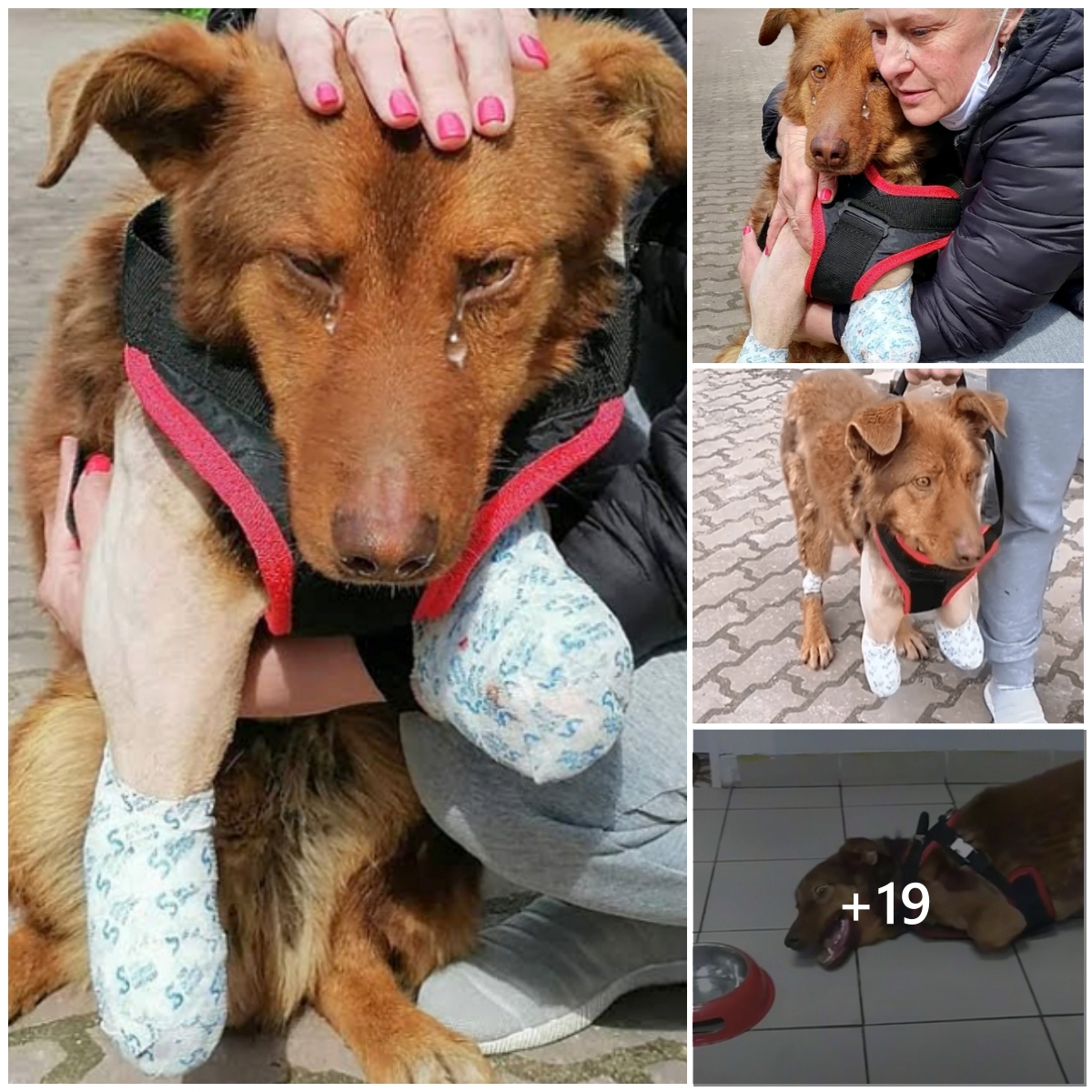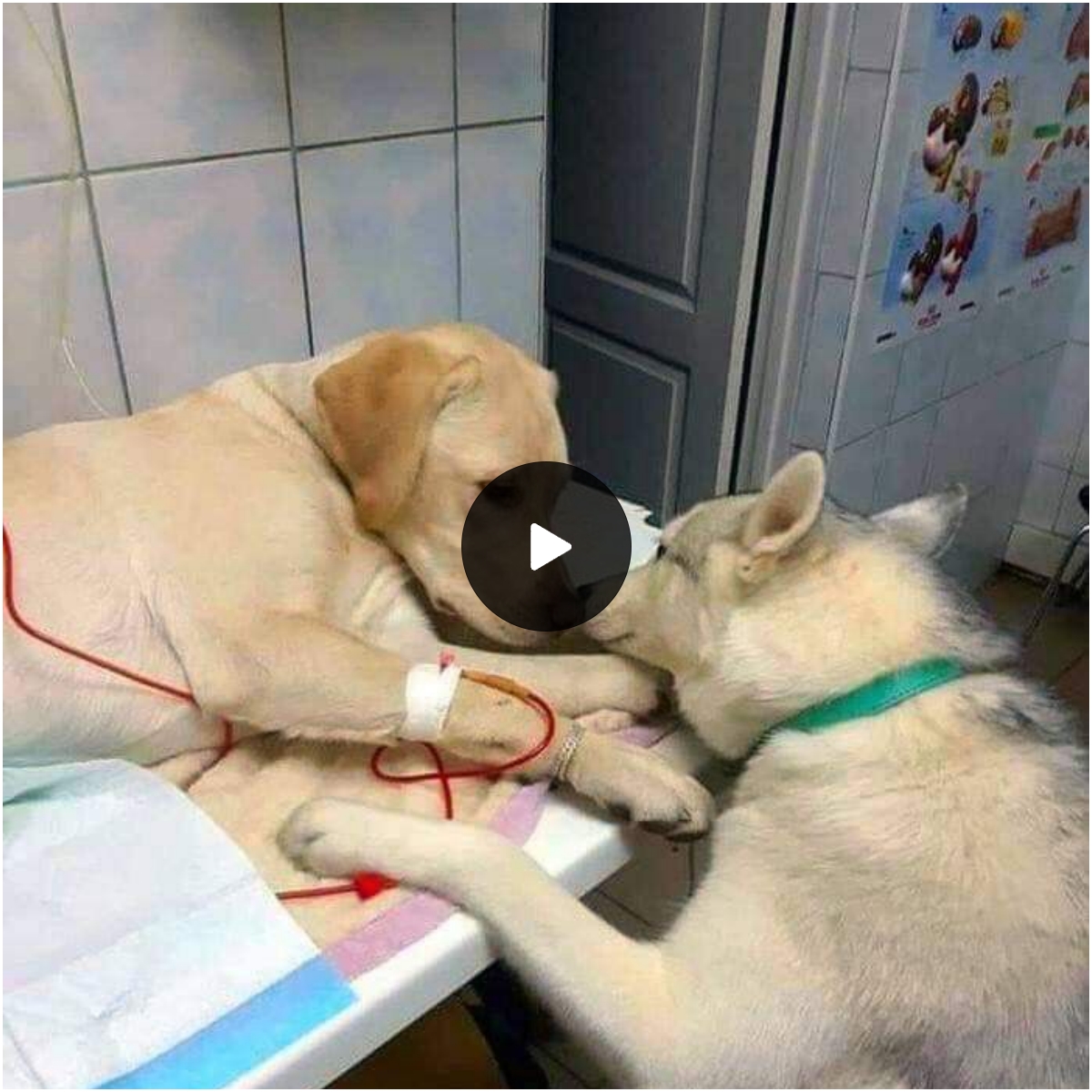Cats are animals that have been used in scientific research on cloning, direct prosthetic implants or sent to space.

In 2001, the research center at Texas A&M University introduced the first cloned cat. The CC cat was cloned by splicing DNA from the female Rainbow cat into denucleated egg cells, then implanting the embryo into the surrogate mother, Allie. CC and Rainbow are genetically similar, but they don’t look alike. CC cat then gave birth to a few normal kittens.

In the 1960s, the US Central Intelligence Agency (CIA) conducted a campaign to train cats to eavesdrop on Russian conversations. The first cat “spy” had a microphone implanted in its ear, a transmitter near its neck and an antenna on its tail. However, according to a 1967 report, this program was not suitable for actual requirements.

In 2010, Oscar became the first cat to have a prosthesis (ITAP) attached directly to the heel bone. The ITAP implant was later tested in humans, and some found it more comfortable than using a removable prosthesis.

Genetically modified cats with the ability to glow were born in 2001. Research on implanting a different gene into the cat’s body was conducted to understand resistance to the feline immunodeficiency virus (FIV).

In 1947, American scientists studied the ability of cats to land by putting two cats on a plane (a type of aircraft that reduces gravity, used for short-term astronaut training or research activities). research) and let them experience zero gravity.

On October 18, 1963, Félicette became the first cat to be sent into space in a special capsule. After reaching an altitude of 160 km, this compartment separated from the rocket and was parachuted down to Earth. Félicette survived the descent, but later, scientists applied “humane death” to this cat to study the electrode array previously implanted on its brain.

To study quantum mechanics, Erwin Schrödinger placed the cat in a sealed iron box with a bottle of poison and a piece of radioactive material. If the atom decays and radiation is emitted, the poison bottle will break and the cat will die. Since the observer cannot tell whether the cat is poisoned or not, the cat can be assumed to be alive or dead. This is Schrödinger’s thought experiment, put forward in debate with Albert Einstein.





